Decontamination of a Contaminated RCP Shaft Using the SP-HyBRID Process
Abstract
:1. Introduction
2. Experimental and Methods
2.1. Materials
2.2. Experimental
2.3. Decontamination Test
2.4. Analysis
3. Results and Discussion
3.1. Decontamination of the Specimens Mounted on the Mockup of the RCP Shaft
3.2. Decontamination of the Contaminated RCP Shaft Head
4. Conclusions
Author Contributions
Funding
Institutional Review Board Statement
Informed Consent Statement
Data Availability Statement
Conflicts of Interest
References
- Kim, S.; Park, S.; Cho, W.; Won, H.; Park, J.; Seo, B. Magnetic dissolution of copper catalyzed reductive decontamination. J. Nucl. Fuel Cycle Waste Technol. 2018, 16, 421–429. [Google Scholar] [CrossRef]
- Flambard, J.; Carrette, F.; Monchy-Leroy, C.; Andrieu, E.; Laffont, L. Influence of the transient conditions on release of corrosion products and oxidation of alloy 690 tubes during pressurized water reactor restart after stream generators replacement. J. Nucl. Mater. 2021, 543, 152562. [Google Scholar] [CrossRef]
- McGrandy, J.; Duff, J.; Stevens, N.; Cioncolini, A.; Curioni, M.; Banks, A.; Scenini, F. Development of a microfluidic setup to study the corrosion product deposition in accelerated flow regions. npj Mater. Degrad. 2017, 1, 21. [Google Scholar] [CrossRef] [Green Version]
- Rufus, A.L.; Sathyaseelan, V.S.; Pavithra, E.; Velmurugan, S. Dissolution of corrosion product oxides relevant to nuclear power plants in formulations containing chromous complexes. J. Nucl. Mater. 2019, 520, 121–130. [Google Scholar] [CrossRef]
- Varga, K.; Hirschberg, G.; Nemeth, Z.; Myburg, G.; Schunk, J.; Tilky, P. Accumulation of radioactive corrosion products on steel surfaces of VVER-type nuclear reactors. II. 60Co. J. Nucl. Mater. 2001, 298, 231–238. [Google Scholar] [CrossRef]
- Rufus, A.L.; Velmurugan, S.; Sathyaseelan, V.S.; Narasimhan, S.V. Comparative study of nitrile triacetic acid (NTA) and EDTA as formulation constituents for the chemical decontamination of primary coolant systems of nuclear power plants. Prog. Nucl. Energy 2004, 44, 13–31. [Google Scholar] [CrossRef]
- Wood, C.J. A review of the application of chemical decontamination technology in the United States. Prog. Nucl. Energy 1990, 23, 35–80. [Google Scholar] [CrossRef]
- Bradbury, D. Review of decontamination technology development. In Proceedings of the International Conference of Water Chemistry Nuclear Reactor System 8 Organized by the British Nuclear Energy Society, Bournemouth, UK, 22–26 October 2000. [Google Scholar]
- Riess, R. Decontamination and Steam Generator Chemical Cleaning; Advanced Nuclear Technology International: Skultuna, Sweden, 2009. [Google Scholar]
- Topf, C.; Sempere-Belda, L. Aqueous, in situ primary circuit decontamination. Nucl. Eng. Int. 2014, 59, 16–18. [Google Scholar]
- Topf, C. Full decontamination (FSD) with the CORD family prior to decommissioning—Experiences at the German NPP Obrigheim 2007. In Proceedings of the International Youth Nuclear Congress, Interlaken, Switzerland, 20–26 September 2008. [Google Scholar]
- Choi, W.; Won, H.; Chong, J.; Park, S.; Kim, S.; Yoon, I.; Moon, J.; Choi, J.; An, B.; Choi, M.; et al. Development of Advanced Decontamination Technology for Nuclear Facilities; KAERI/RR-4230/2016; Korea Atomic Energy Research Institute. 2017. Available online: https://inis.iaea.org/collection/NCLCollectionStore/_Public/49/108/49108305.pdf?r=1 (accessed on 22 September 2021).
- Eun, H.; Park, S.; Choi, W.; Kim, S.; Won, H.; Chang, N.; Lee, S.; Park, J.; Seo, B.; Kim, K. A waste-minimized chemical decontamination process for the decontamination of a nuclear reactor coolant system. J. Radioanal. Nucl. Chem. 2020, 326, 665–674. [Google Scholar] [CrossRef]
- Jung, J.; Eun, H.; Park, S.; Park, J.; Chang, N.; Kim, S.; Seo, B.; Park, S. A study on the removal of impurities in a SP-HyBRID decontamination wastewater of the primary coolant system in a pressurized water reactor. J. Radioanal. Nucl. Chem. 2018, 318, 1339–1345. [Google Scholar] [CrossRef]
- Eun, H.; Jung, J.; Park, S.; Park, J.; Chang, N.; Won, H.; Sim, J.; Kim, S.; Seo, B. Removal and decomposition of impurities in wastewater from the HyBRID decontamination process of the primary system in a nuclear power plant. J. Nucl. Fuel Cycle Waste Technol. 2019, 17, 429–435. [Google Scholar] [CrossRef]
- Rao, L.T.; Dubey, S.K.; Javed, A.; Goel, S. Development of mebraneless paper-pencil microfluidic hydrazine fuel cell. Electroanalysis 2020, 32, 2581–2588. [Google Scholar]
- Laat, J.; Le, G.; Legube, B. A comparative study of the effects of chloride, sulfate and nitrate ions on the rates of decomposition of H2O2 and organic compounds by Fe(II)/H2O2 and Fe(III)/H2O2. Chemosphere 2004, 55, 715–723. [Google Scholar] [CrossRef] [PubMed]
- Senanayake, G.; Das, G.K.; Lange, A.; Li, J.; Robinson, D. Reductive atmospheric acid leaching of lateritic smectitie/nontronite ores in H2SO4/Cu(II)/SO2 solutions. Hydrometallurgy 2015, 152, 44–54. [Google Scholar] [CrossRef] [Green Version]
- Song, J.; Jung, M.; Lee, S. A study on the applicability for primary system decontamination through analysis on NPP decommission technology and international experience. J. Nucl. Fuel Cycle Waste Technol. 2016, 14, 45–55. [Google Scholar] [CrossRef]
- Park, G.; Kim, C. Chemical decontamination design for NPP decommissioning and considerations on its methodology. J. Nucl. Fuel Cycle Waste Technol. 2015, 13, 187–199. [Google Scholar] [CrossRef]
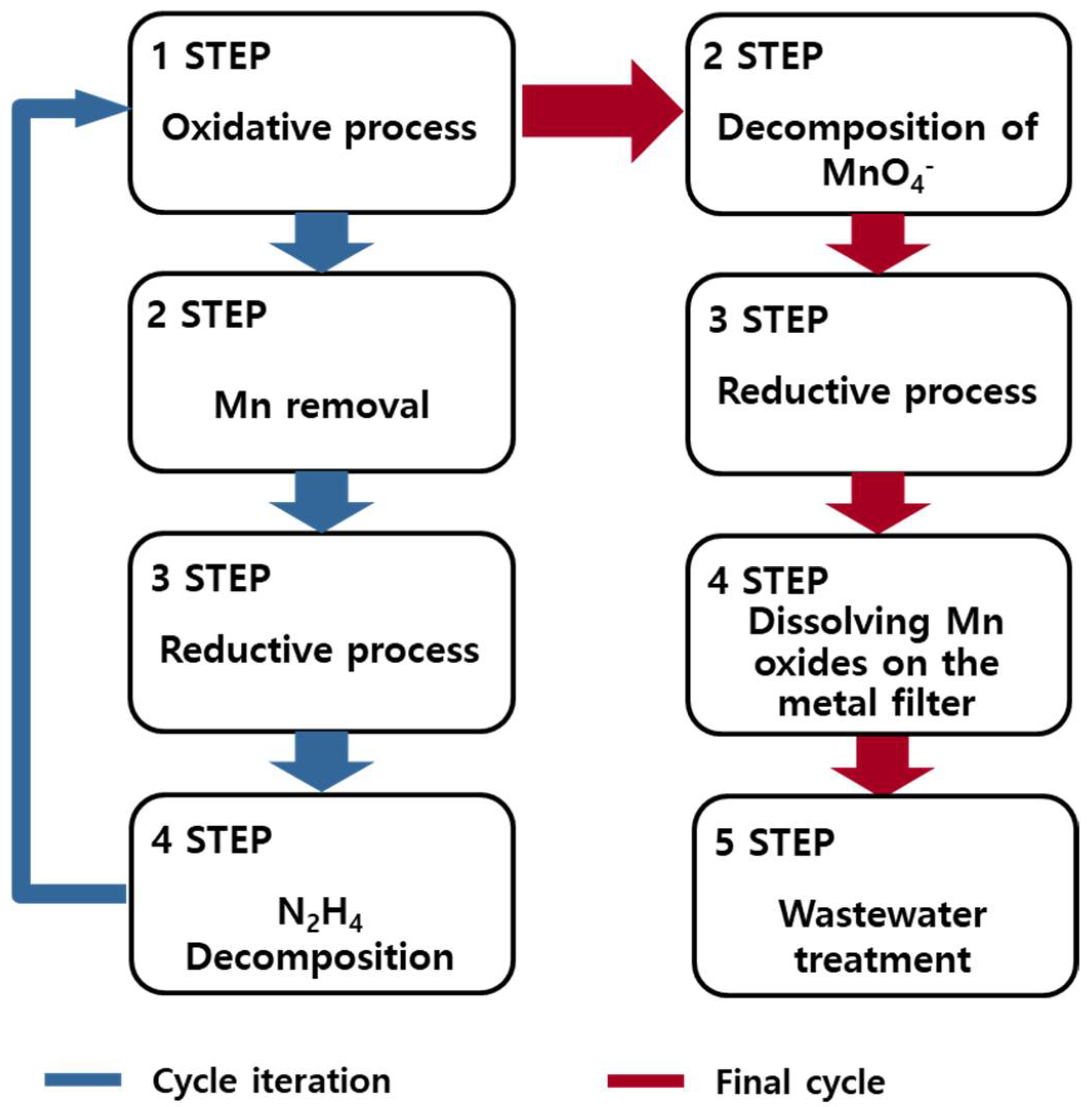

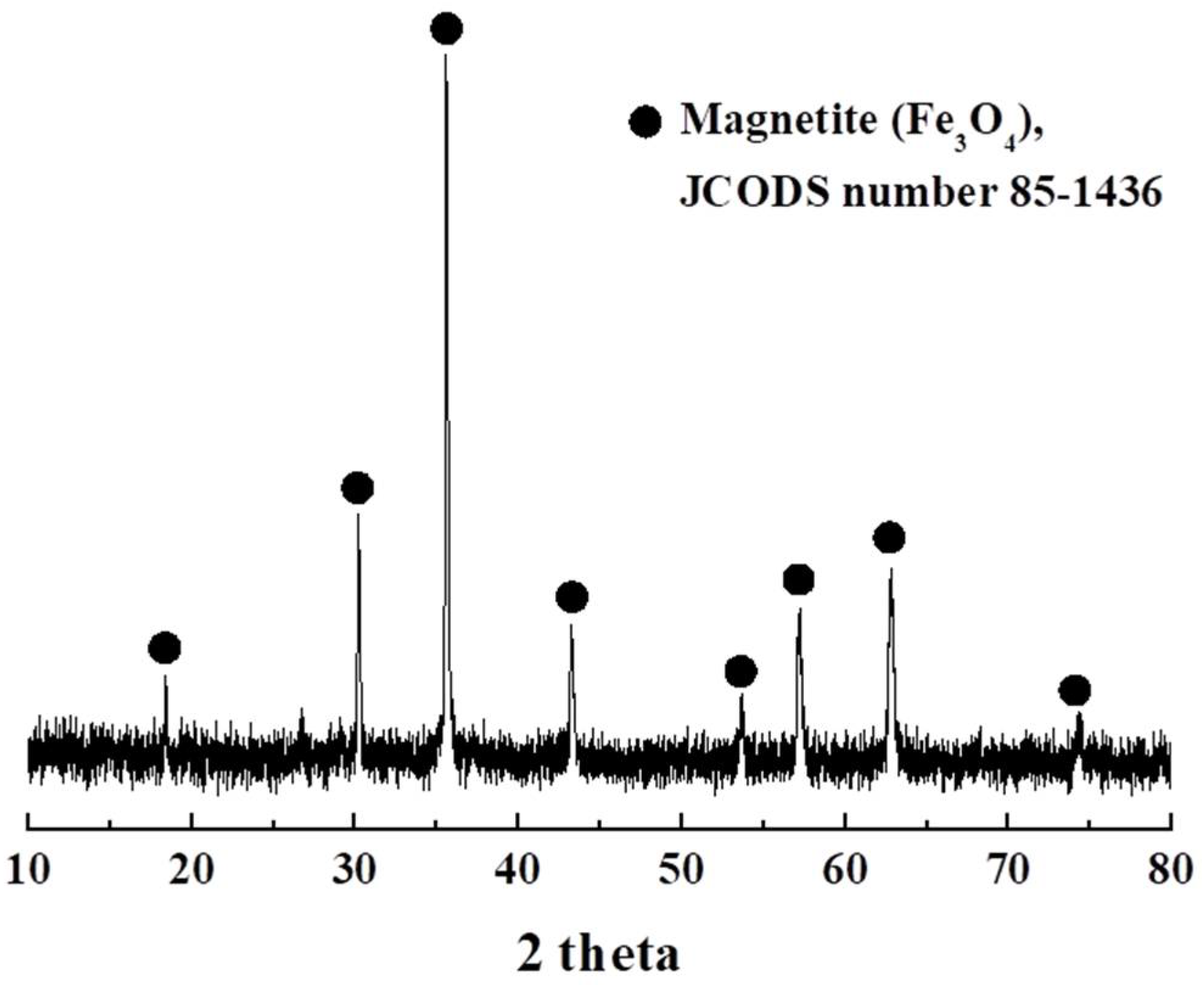

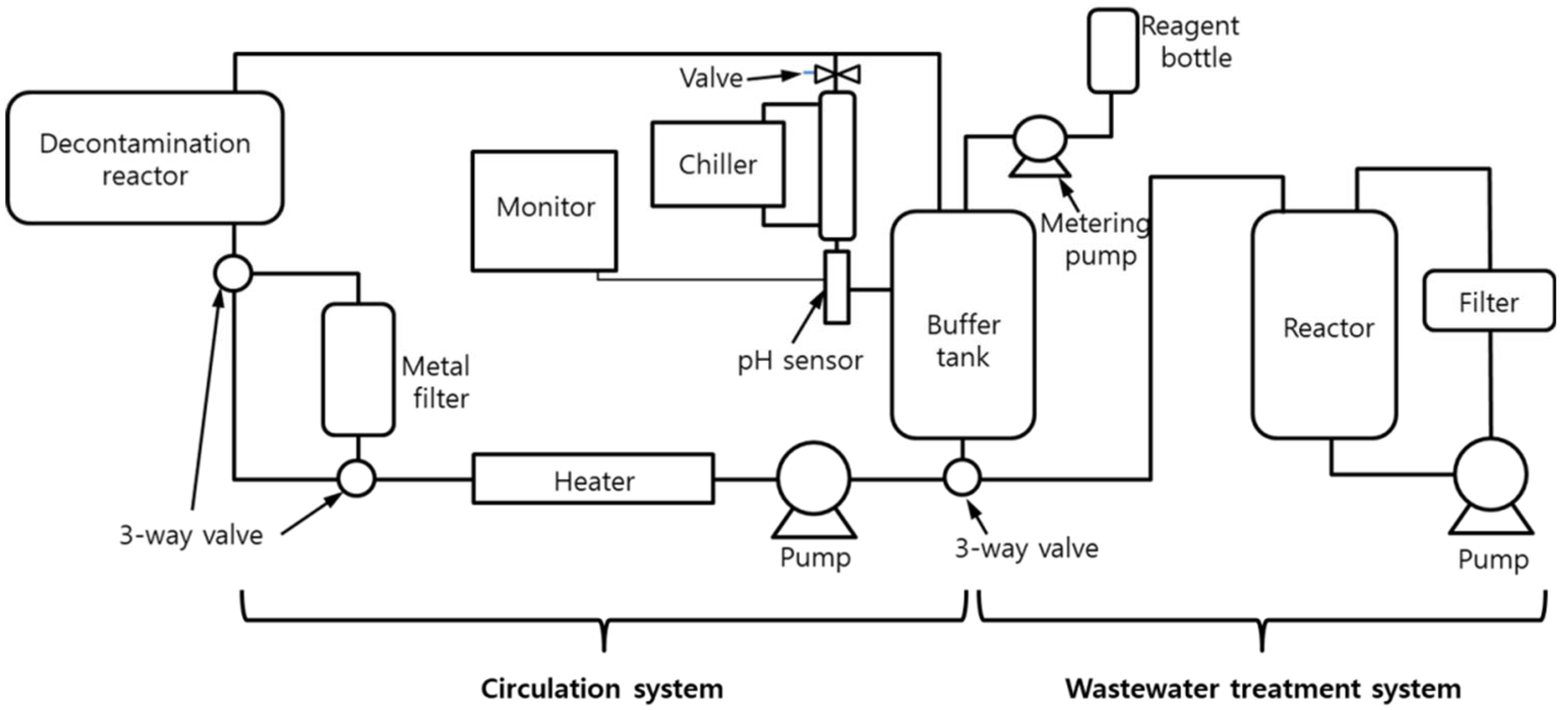
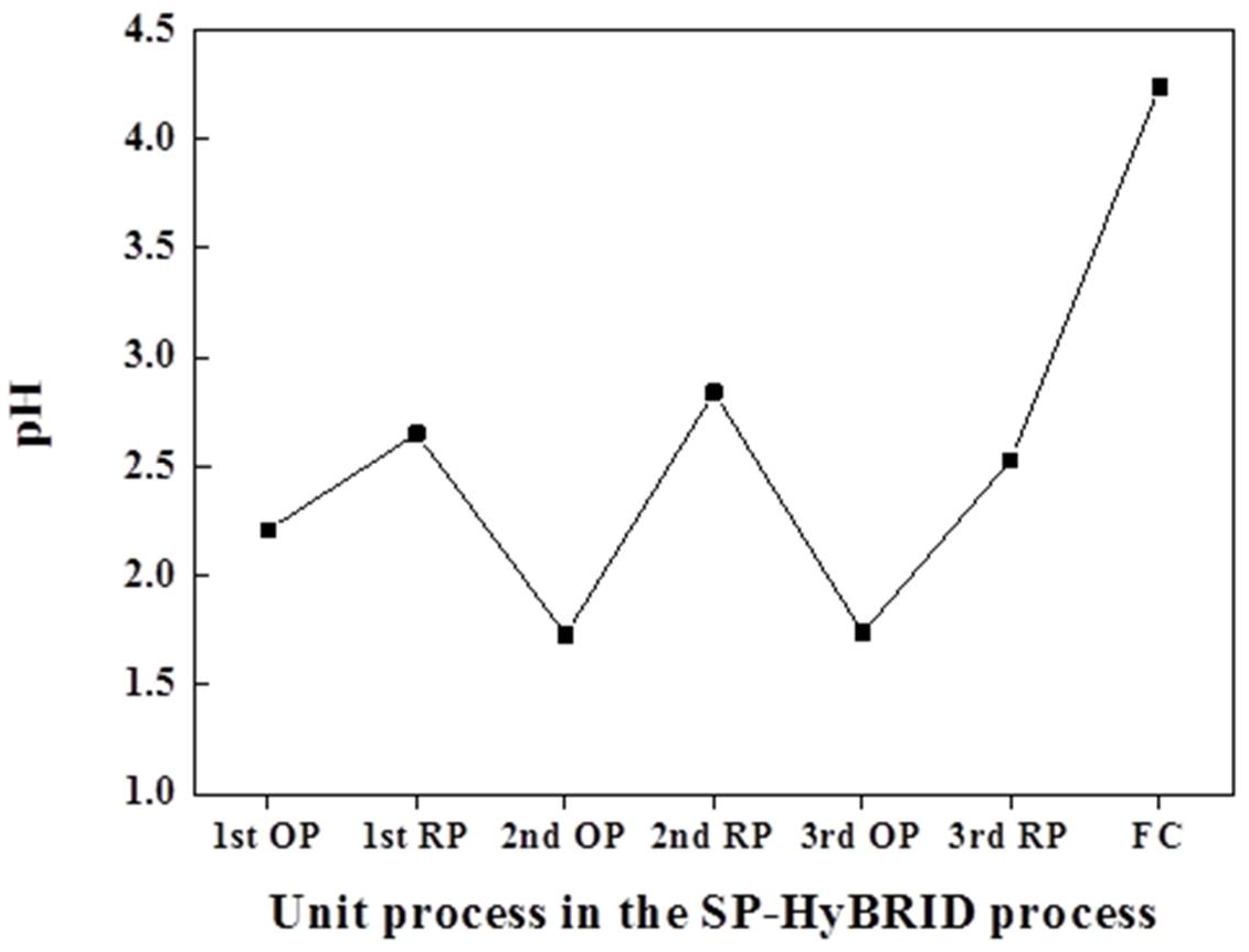

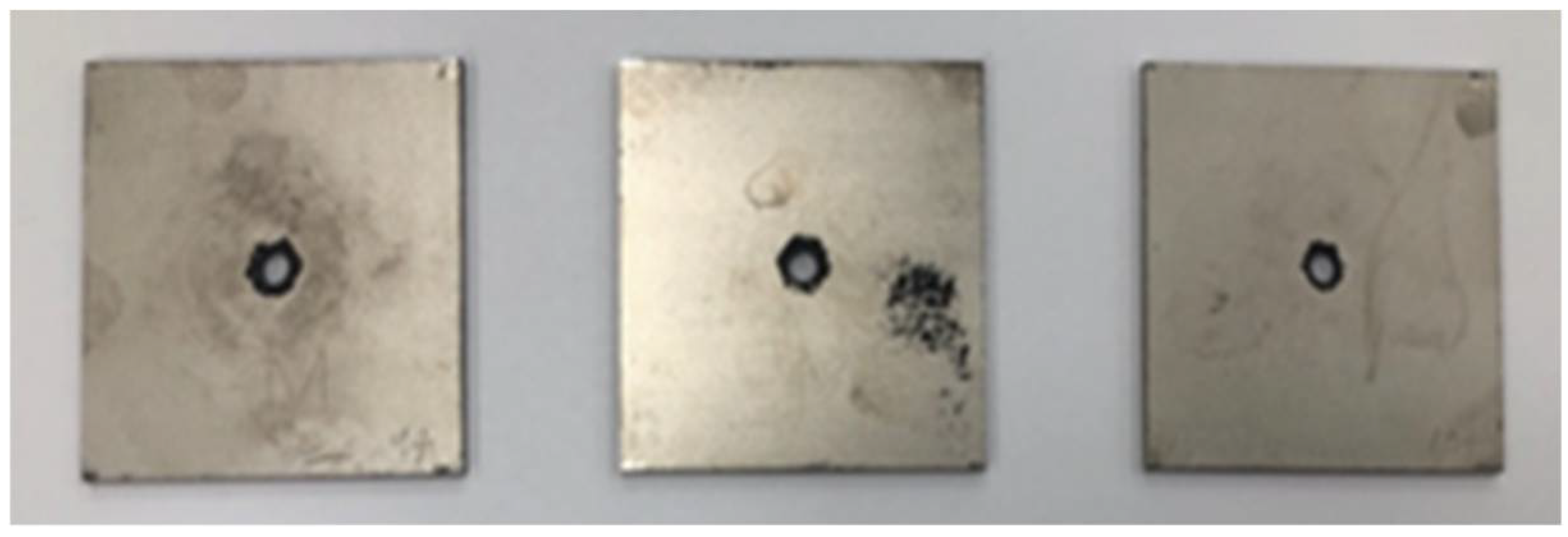
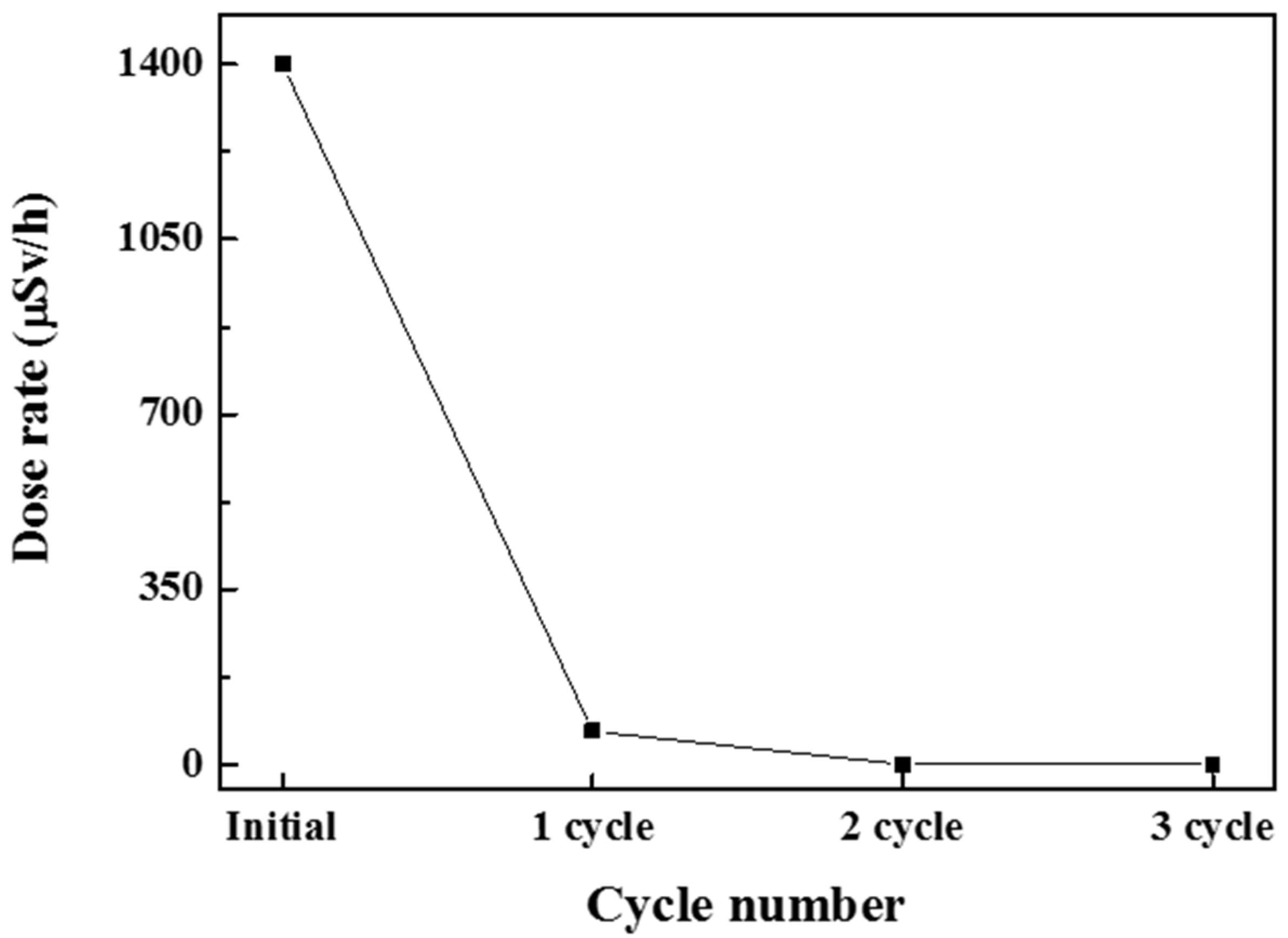

| Cycle | Step | Chemical Reagent | Concentration [mM] |
|---|---|---|---|
| Iterated cycle (1st, 2nd) | SP oxidative process | H2SO4 KMnO4 | 0~3.25 6.33 |
| Removal process of Mn | N2H4 | 5~6.00 | |
| HyBRID reductive process | H2SO4 N2H4 CuSO4 | 25~30.00 50.00 0~0.50 | |
| Decontamination process of hydrazine (N2H4) | H2O2 | 125~150.00 | |
| 3rd | SP oxidative process | H2SO4 KMnO4 | — 6.33 |
| Decomposition process of MnO4− | N2H4 | 7.91 | |
| HyBRID reductive process | H2SO4 N2H4 CuSO4 | 25~30.00 50.00 — | |
| Dissolution process of Mn oxides on the filter (filter cleaning) | — | — |
| Operation Step | 1st Cycle | 2nd Cycle | 3rd Cycle | |||
|---|---|---|---|---|---|---|
| OP 1 | RP 2 | OP | RP | OP | RP | |
| Mock-up test | 4 | 6 | 3 | 5 | 2 | 4 |
| Decontamination test | 10 | 6 | 8 | 4 | 6 | 4 |
| Nuclide | Mn-54 | Co-57 | Co-60 | Zn-65 |
|---|---|---|---|---|
| Concentration (Bq/mL) | 2.56 × 10 | 5.37 | 8.16 × 102 | 4.21 |
| Removal activity (Bq) | 7.68 × 105 | 1.61 × 105 | 2.45 × 107 | 1.26 × 105 |
| Activity fraction (%) | 3.01 | 0.63 | 95.87 | 0.49 |
| Removal amount (μg) | 2.68 × 10−3 | 5.16 × 10−4 | 5.86 × 10−1 | 4.14 × 10−4 |
| Mass fraction (%) | 0.46 | 0.09 | 99.39 | 0.07 |
| Specific activity (TBq/g) | 2.87 × 102 | 3.12 × 102 | 4.19 × 10 | 3.05 × 102 |
Publisher’s Note: MDPI stays neutral with regard to jurisdictional claims in published maps and institutional affiliations. |
© 2021 by the authors. Licensee MDPI, Basel, Switzerland. This article is an open access article distributed under the terms and conditions of the Creative Commons Attribution (CC BY) license (https://creativecommons.org/licenses/by/4.0/).
Share and Cite
Eun, H.-C.; Chang, N.-O.; Choi, W.-K.; Park, S.-Y.; Kim, S.-B.; Seo, B.-K.; Kim, K.-C.; An, S.-G. Decontamination of a Contaminated RCP Shaft Using the SP-HyBRID Process. Processes 2021, 9, 1725. https://doi.org/10.3390/pr9101725
Eun H-C, Chang N-O, Choi W-K, Park S-Y, Kim S-B, Seo B-K, Kim K-C, An S-G. Decontamination of a Contaminated RCP Shaft Using the SP-HyBRID Process. Processes. 2021; 9(10):1725. https://doi.org/10.3390/pr9101725
Chicago/Turabian StyleEun, Hee-Chul, Na-On Chang, Wang-Kyu Choi, Sang-Yoon Park, Seon-Byeong Kim, Bum-Kyoung Seo, Ki-Chul Kim, and Seung-Geon An. 2021. "Decontamination of a Contaminated RCP Shaft Using the SP-HyBRID Process" Processes 9, no. 10: 1725. https://doi.org/10.3390/pr9101725
APA StyleEun, H.-C., Chang, N.-O., Choi, W.-K., Park, S.-Y., Kim, S.-B., Seo, B.-K., Kim, K.-C., & An, S.-G. (2021). Decontamination of a Contaminated RCP Shaft Using the SP-HyBRID Process. Processes, 9(10), 1725. https://doi.org/10.3390/pr9101725





